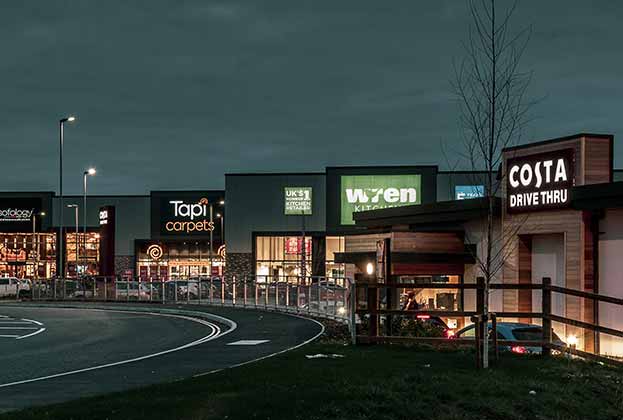As we have discussed, there remain some question marks around how you capture some of that rental growth. Fully let schemes, length of deals and regears rather than vacating units evidently slow the growth in rent the market could achieve. As a result, we are likely to see a more moderate increase of c.5% YoY, rather than any steep climb across the market.
Capturing rental growth obviously requires an investor to be in the right space, with prime assets likely to offer the strongest opportunities. However, as a house, it is our opinion that continued rental growth is almost certain, given the strength of the occupational story, lack of available space and continued appetite for retailer expansion.
The reason we perhaps don’t see deeper investment interest from buyers is, therefore, twofold: the first being opportunity-led, the second potentially linked to historical sentiment.
Firstly, despite increasing interest, there has simply been a lack of stock available in the market to satisfy even average demand levels. It would be too strong to suggest vendors are holding on to assets for the time being in anticipation that yields will harden further and secure them a more competitive price. However, sellers are sellers only at the right price rather than motivated by distress or a need to sell regardless, in order to satisfy shareholders or secure funds for investment elsewhere. Lion Retail Park in Woking, for example, received bids in February at a NIY of 5.75%; however, British Land is willing to hold unless it achieves a bid at its desired 5.50%.
Having said that, our advice to sellers is not to hold indefinitely in anticipation the market will increasingly get better. The market has already seen sufficient improvement, is set fair, moving in the right direction and at a sensible price. Those who want to sell should not be afraid to do so now – having had the value accretion over the last six to nine months, the opportunity to capture uplift is upon us.
The second reason investment in the sector hasn’t come in the volumes it perhaps should is arguably longer term and engrained into investor psyche – that with a finite number of operators, the sector is overexposed to a potential failure. Furthermore, some owners of property may indeed view other sectors with rose-tinted spectacles based on the simple premise they make up the majority of their investor portfolios.
However, with such a strong appetite for space and, from such a broad array of brands in terms of their operational focus, this mindset somewhat over-eggs the pudding. INCANS Tenant Global Score, which is a measure of the financial strength and stability of a retailer based on its public accounts, tells us the financial stability of the sector’s top operators is solid. Of the top 25 larger format operators, in terms of the number of units they have across retail, leisure and shopping parks combined (excluding F&B and gyms), 20 are considered ‘low risk’ or ‘very low risk’ in terms of failure. It is, therefore, our belief that the risk and return relationship looks much more favourable for retail warehousing than it does other sectors, which don’t have such strong occupational fundamentals.





